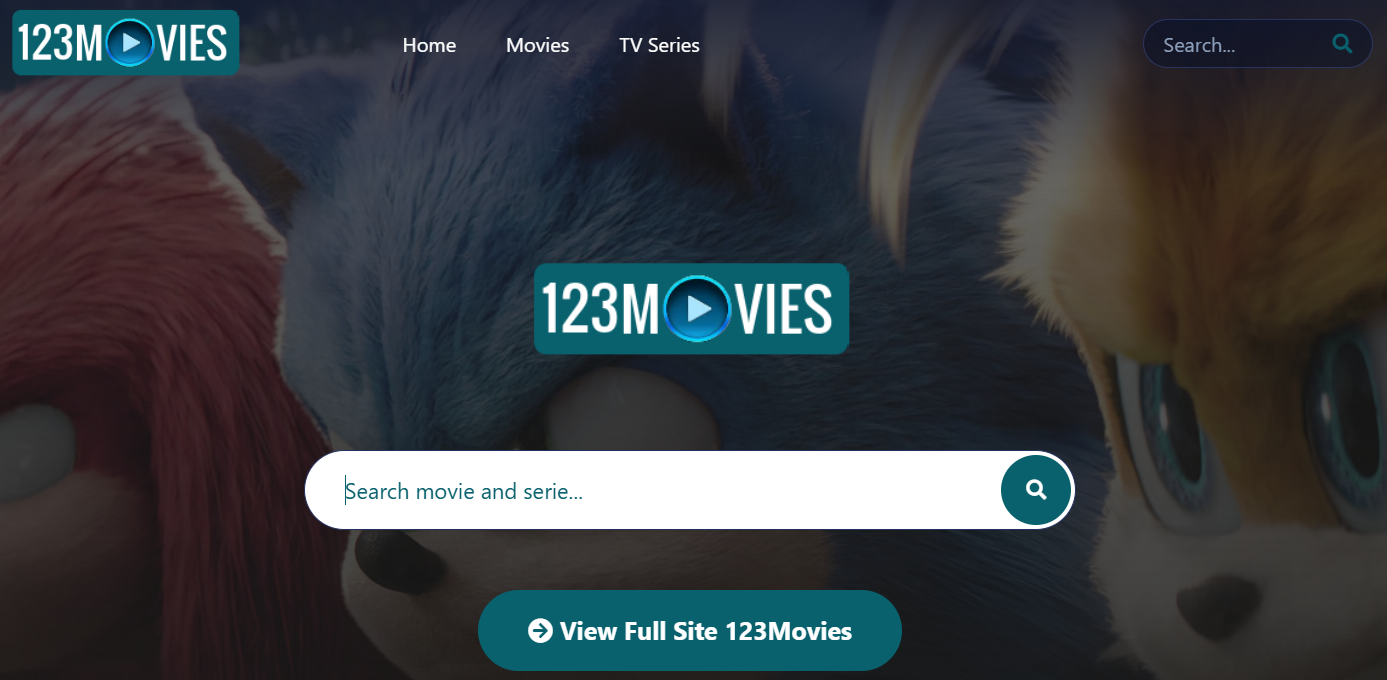In the digital entertainment landscape, platforms offering free access to movies and TV shows have become increasingly popular. 123Movies emerged as one of the most recognized names in this space, allowing users to stream content without subscription fees. This blog post explores the phenomenon of free streaming sites like 123Movies, their appeal, controversies, and the broader implications for the entertainment industry.
Table of Contents
The Rise of Free Streaming Platforms
The demand for convenient, accessible entertainment has driven the proliferation of streaming services. While legitimate subscription-based platforms like Netflix and Hulu have dominated the market, free alternatives like 123Movies gained massive popularity among viewers seeking cost-free options.
123Movies (also known by various alternate names) offered an extensive library of films and television shows spanning genres from Hollywood blockbusters to independent productions. The platform’s simple interface, minimal advertising (compared to competitors), and no-registration-required approach made it exceptionally user-friendly.
Why Users Gravitated to Free Streaming Sites
Several factors contributed to the widespread adoption of free streaming platforms:
Economic considerations: Not everyone can afford multiple streaming subscriptions, especially as the market became increasingly fragmented with content spread across different services.
Content availability: Geographic restrictions often limit access to certain titles in specific regions, driving users to seek alternatives that bypass these limitations.
Release windows: Impatience for theatrical releases to become available on legitimate streaming platforms pushed viewers toward sites offering newer content faster.
Convenience: The ability to watch without commitments, contracts, or recurring payments appealed to casual viewers.
Legal and Ethical Considerations
Free streaming sites operate in a legally questionable space. Unlike legitimate streaming services that secure proper licensing agreements and compensate content creators, many free platforms distribute copyrighted material without authorization.
The entertainment industry has consistently taken action against such sites, resulting in domain seizures, shutdowns, and legal consequences for operators. The original 123Movies was the target of significant legal pressure, with the Motion Picture Association of America (MPAA) identifying it as one of the largest piracy threats globally.
Despite these efforts, when one site shuts down, others typically emerge using similar names and interfaces, creating a persistent whack-a-mole dynamic between copyright enforcers and free streaming operators.
Impact on the Entertainment Industry
The prevalence of free streaming has significant implications for the entertainment ecosystem:
Revenue loss: When viewers watch content through unauthorized channels, studios, distributors, and creators miss out on potential revenue from ticket sales, rentals, purchases, or legitimate streaming.
Production funding challenges: Decreased revenue can impact the industry’s ability to fund new productions, potentially affecting the diversity and quality of future content.
Evolving distribution strategies: The industry has adapted by shortening theatrical windows and experimenting with simultaneous releases on streaming platforms and in theaters.
Improved legitimate services: Competition from free alternatives has pushed legitimate streaming services to enhance their offerings, interfaces, and value propositions.
The Streaming Landscape Today
The streaming market has evolved significantly in recent years. Major studios have launched their own direct-to-consumer platforms, fragmenting the content landscape across multiple subscription services. This fragmentation ironically drives some consumers back to free alternatives that aggregate content from different sources.
Legitimate free, ad-supported streaming options have also expanded, with platforms like Tubi, Pluto TV, and network-owned services offering free access to select content with advertising support. These provide legal alternatives to unauthorized streaming sites while still meeting the demand for no-subscription access.
Safe and Legal Alternatives
For viewers seeking affordable access to movies and shows, several legitimate options exist:
Free, ad-supported platforms: Services like Tubi, Pluto TV, Crackle, and Peacock (free tier) offer substantial libraries of content legally with commercial breaks.
Public domain and open license content: Sites specializing in content no longer under copyright protection provide legal access to classics and historical films.
Library-based services: Many public libraries offer free digital lending of movies and shows through platforms like Kanopy and Hoopla.
Rotating free trials: Strategic use of free trial periods across different subscription services can provide temporary access to various content libraries.
Looking Forward
The future of online streaming will likely involve continued tension between accessibility and compensation for creators. As the industry evolves, finding sustainable models that balance affordability for consumers with fair compensation for content creators remains a critical challenge.
Technological advancements in content protection, more flexible pricing models, and improved global distribution systems may help address some of the underlying factors driving users to unauthorized platforms.
Conclusion
The phenomenon of free movie streaming sites reflects broader tensions in digital media consumption between accessibility, affordability, and sustainable creative ecosystems. While platforms like 123Movies provided convenient access to entertainment, they operated outside the systems that fund and sustain content creation.
As viewers, understanding the ecosystem that produces the entertainment we enjoy helps us make more informed choices about how we access content. The growing availability of legitimate free and low-cost streaming options suggests that the industry is adapting to meet diverse consumer needs while working to ensure creators can continue producing the stories we love.
The most sustainable future for entertainment likely lies not in an either/or proposition between free access and creator compensation, but in innovative models that can successfully deliver both.


